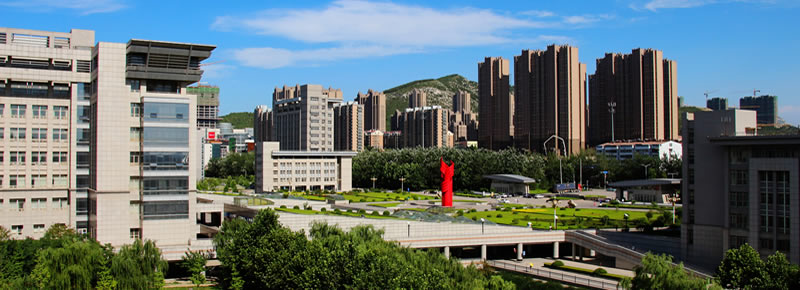Abstract
Concrete structures built in marine environment may suffer serious durability problems. Focusing on the reaction between concrete materials and environmental conditions on structural durability, the coefficients of environmental temperature and chloride content are established. Referring to only experimental data tested following the procedure similar to the regulations in NT Build 443(Concrete, Hardened: Accelerated Chloride Penetration) of North Europe, the relationship between D28 and water/binder ratio, which are converted into equivalent values of a standard reference environmental condition at 20ºC and a concentration of 165 g ± 1 g NaCl per dm3 solution, using the established formula of coefficients of environmental temperature and chloride content, is presented. The converted results of different environmental conditions at laboratory and natural environment have a good agreement with each other, which indicates that the coefficients of environmental temperature and chloride content are reasonably determined. The ratio of wetting time per-period defined as the time proportion of concrete in wet conditions to the whole time period can be used to describe the dry-wet conditions in concrete. Analysis on the in-situ detected results shows that the penetration of chloride, the accumulation of surface chloride concentration and the decay of chloride diffusion coefficient are all related to the ratio of wetting time per-period. Subsequently, the formula of apparent chloride diffusion coefficient is proposed with consideration of surrounding temperature, sodium chloride solution concentration, age factor and altitude.
Keywords
Concrete durability, Marine environment, temperature, chloride content, ratio of wetting time
Location
University of Leeds
Recommended Citation
Wu, Hairong; Zhang, Fengjian; Wang, Yi; Ma, Xianwei; and Jin, Libing, "Environmental Factors Influencing the Durability of Concrete Structures in Maine Environments" (2019). International Conference on Durability of Concrete Structures. 4.
https://docs.lib.purdue.edu/icdcs/2018/pse/4
final paper
Event Website
https://tinyurl.com/ICDCS2018
Environmental Factors Influencing the Durability of Concrete Structures in Maine Environments
University of Leeds
Concrete structures built in marine environment may suffer serious durability problems. Focusing on the reaction between concrete materials and environmental conditions on structural durability, the coefficients of environmental temperature and chloride content are established. Referring to only experimental data tested following the procedure similar to the regulations in NT Build 443(Concrete, Hardened: Accelerated Chloride Penetration) of North Europe, the relationship between D28 and water/binder ratio, which are converted into equivalent values of a standard reference environmental condition at 20ºC and a concentration of 165 g ± 1 g NaCl per dm3 solution, using the established formula of coefficients of environmental temperature and chloride content, is presented. The converted results of different environmental conditions at laboratory and natural environment have a good agreement with each other, which indicates that the coefficients of environmental temperature and chloride content are reasonably determined. The ratio of wetting time per-period defined as the time proportion of concrete in wet conditions to the whole time period can be used to describe the dry-wet conditions in concrete. Analysis on the in-situ detected results shows that the penetration of chloride, the accumulation of surface chloride concentration and the decay of chloride diffusion coefficient are all related to the ratio of wetting time per-period. Subsequently, the formula of apparent chloride diffusion coefficient is proposed with consideration of surrounding temperature, sodium chloride solution concentration, age factor and altitude.
https://docs.lib.purdue.edu/icdcs/2018/pse/4





